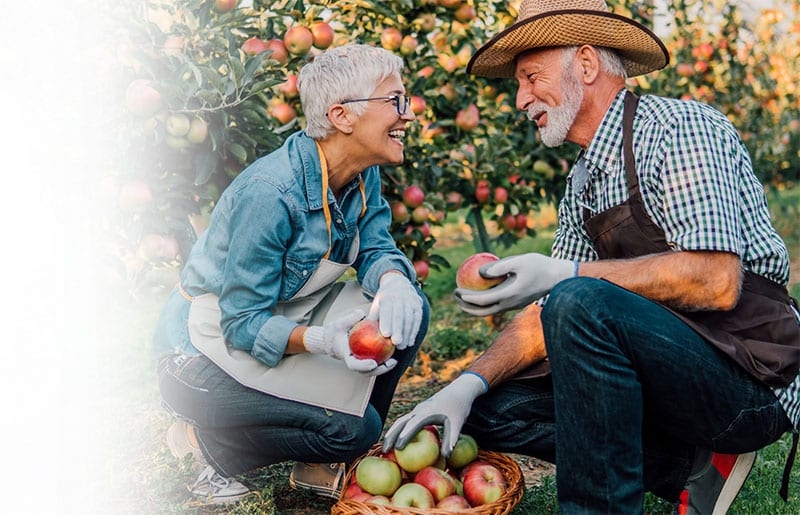
Sunscreen Q&A, by Dr. Heidi Gilchrist of San Diego
What’s the single most important thing you can do for your skin to promote graceful aging?
Avoid sun exposure. Ultraviolet radiation from the sun breaks down collagen in the skin, causing premature wrinkling and sagging, and makes the skin produce more melanin, resulting in brown spots and blotches. UV radiation is different from light and different from heat. It is invisible! Even on a cool, cloudy day you can still receive enough radiation to damage your skin long term.
What if you can’t avoid the sun?
You should cover up! No sunscreen will block radiation as well as or for as long as long pants, long sleeves, and a hat. Look for fabrics that are tightly woven. Hold the garment or the hat up to the light. If you can see through it, radiation can get through.
What about sunscreen?
Sunscreen is a good third line of defense, behind sun avoidance and protective clothing. Pick sunscreens that are labeled “broad spectrum.” This means that they block both UVA and UVB radiation. Read the label. Many sunscreen ingredients block UVB, but only 4 block UVA. Make sure your sunscreen has at least one of the following ingredients: avobenzone, zinc oxide, titanium dioxide, or ecamsule (Mexoryl).
What is SPF?
Sun Protection Factor (SPF) is a measure of the product’s ability to block UVB radiation only. A lab test is done where the time is measured for how long it takes to burn the skin with no sunscreen versus how long it takes to burn while wearing the product. For example, if a person usually burns in 15 minutes without sunscreen, and with a sunscreen product takes 60 minutes to burn, then that product has an SPF of 4.
If SPF 30 blocks 97% of UV rays, why are all those higher SPF sunscreens available?
When the SPF is tested in a lab, the sunscreen is applied in a concentration of 2 milligrams per square centimeter of skin. That’s a lot of sunscreen—like cake frosting! No one puts sunscreen on that thickly. Most people apply one half to one third that amount. So if you think you are applying SPF 30, you might really be getting the protection of SPF 10. Higher SPF sunscreens are generally better in order to ensure an adequate level of protection.
Is sunscreen safe? (Part 1)
All of the active ingredients in sunscreen are FDA-approved and recognized by the FDA as safe. However, two ingredients have received media attention in the last few years. Oxybenzone is a chemical filter found in many sunscreens, and it has been found in the urine of women (but not men) who apply it to their skin. Presumably, men have thicker skin, and this makes absorption of the chemical into the body less likely. While there is no proof that absorbing oxybenzone into the body causes any problems, I do recommend that women and children avoid this ingredient until we know more about it.
Is sunscreen safe? (Part 2)
The second ingredient that has recently received media attention is retinyl palmitate. It is a form of vitamin A (an antioxidant), which is added to sunscreens as a preservative and for extra antioxidant activity on the skin. There has been concern in the past that once the antioxidant activity has been “used up” (oxidized) then the retinyl palmitate might become harmful to the skin by generating free radicals and actually causing skin cancer. The jury is still out on this, so to speak, but it requires extreme doses of radiation to completely oxidize the vitamin A, so the worry is not really relevant on a day-to-day practical basis. I don’t avoid products with retinyl palmitate, and I don’t advise my patients to do so because the chance of acquiring skin cancer from unprotected sun exposure is much, much greater than the chance of acquiring it from oxidized vitamin A.
What about antioxidants?
Antioxidants are great for your skin! You should acquire them internally from a diet based mainly on colorful plant foods. You should also apply them externally to give your skin an extra layer of protection from those pesky UV rays that might make it through your sunscreen. (Because you are wearing sunscreen, yes? I knew you were!) Topically applied vitamin C, vitamin E, ferulic acid, phloretin, idebenone, and coffee berry extract have all been proven to provide protection from sun damage. The antioxidant cream or serum goes on in the morning, after washing your face and before your sunscreen.
What is one of the best things you can do prevent brown spots from forming on the backs of your hands as you age?
Wear gloves when driving! Every day. Every time. Year after year. Trust me on this one. You can find great fingerless driving gloves at coolibar.com.
What is the single best ingredient for treating wrinkles?
Retinoid or retinol-containing products have been proven to increase collagen production in the skin and reverse sun damage. Retinoids are a lab-created version of vitamin A and are dispensed by prescription only (Retin A, Renova). Retinol is the over the counter version and does not require a prescription.

Join our Senior Wellness Society for the latest news on Medicare and tips for healthy living in San Diego!
Sign up now ›Are you looking for specialized medical care in San Diego?
Our directory has more than 850 doctors in San Diego County of various specialties who are available to help you.
Find a doctor